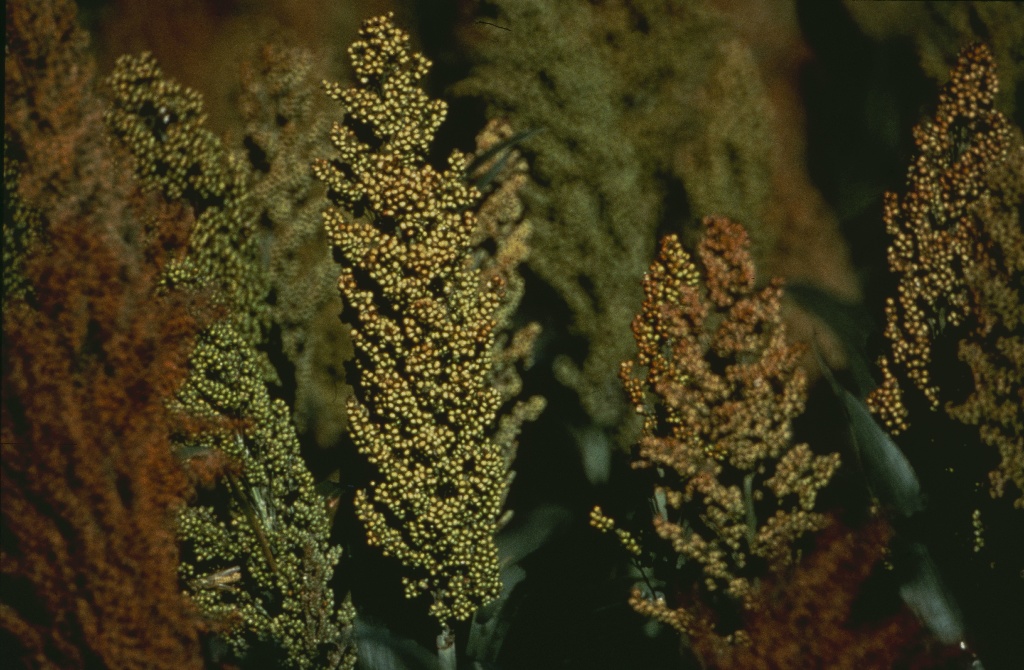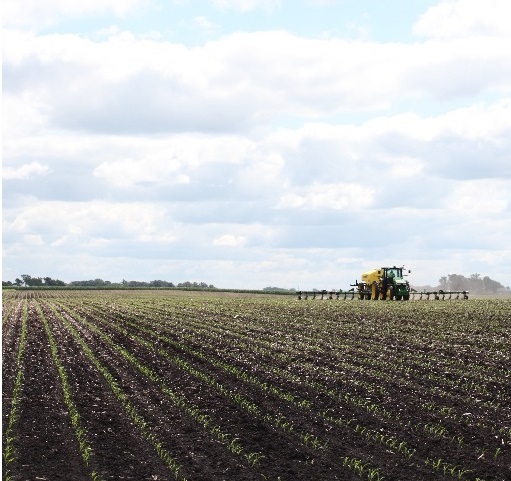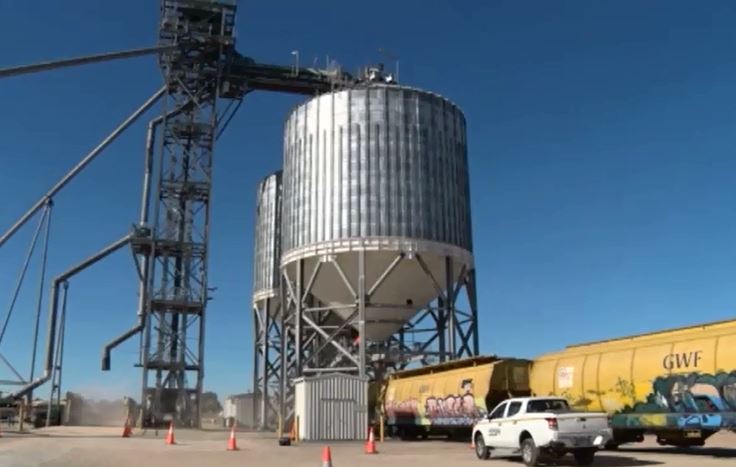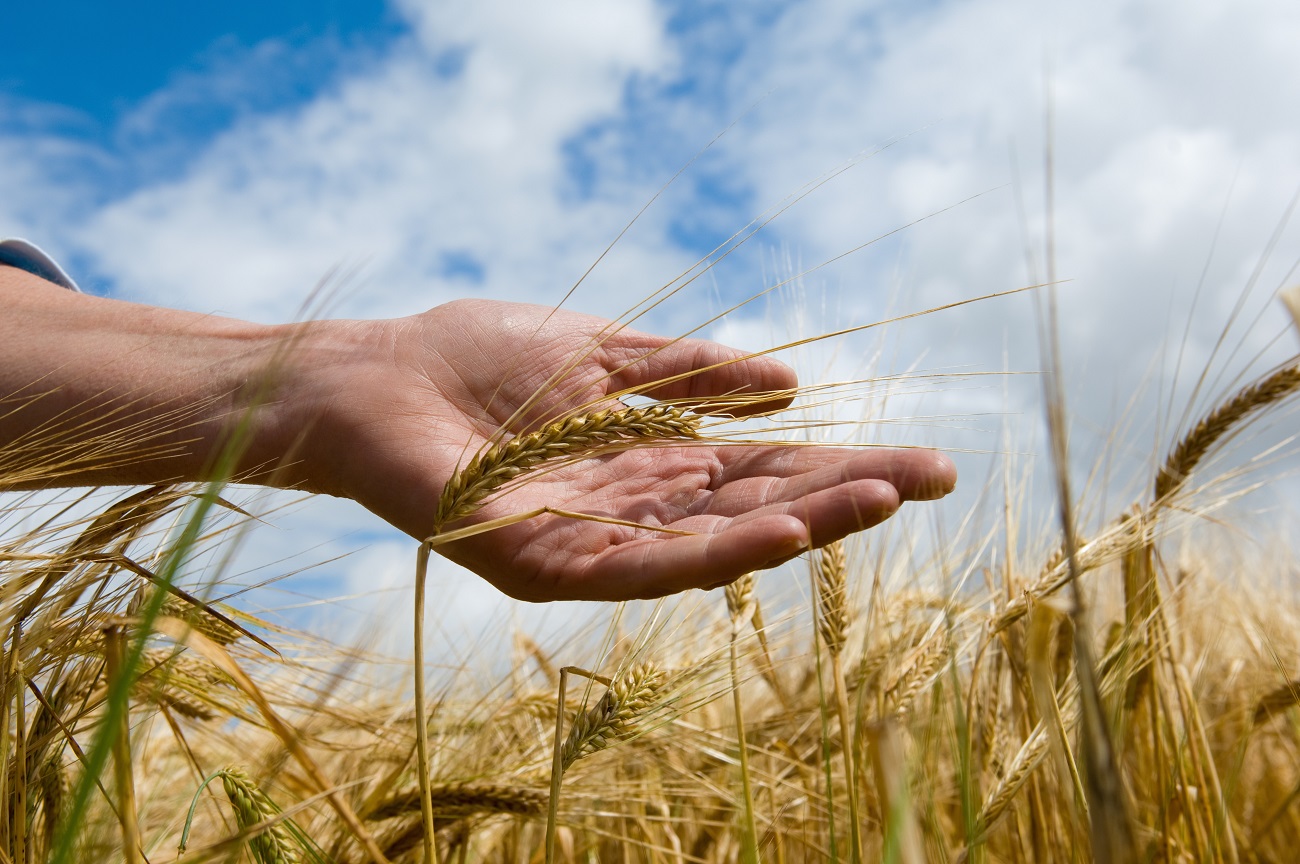Sorghum crop a circuit breaker for the market
Warren Lander, AWB
With the lowest rainfall amount from January to August for NSW since 1965, it's helped achieve an unwanted statistic for total winter rain 54 per cent below average. This has resulted in a winter crop forecast of around 3.9 million tonnes, plus severe frosting that arrived in the first week of September, has led to us seeing a domestic grain purchase price of $430 a tonne plus ex farm.
It’s also created a somewhat tiring and character building year for many.
With huge demand for east coast grain, a basis of $211.30/t has formed, helping create a $465/t Port Kembla track price. As we know, the further we go with out rainfall, the more crops will fail, resulting in crops being grazed or made into hay thus creating higher grain prices on the east coast.
The only circuit breaker here will be rain in the north for farmers to plant sorghum.

In all of this we continue to hear the noise coming out of the US about the size of its corn and soybean crops, reports indicate that corn yields could average 12.19t/ha while soybean yields could be 3.5t/ha.
Inclusive of these excessive yields, throw in the trade war against their biggest customer China and you would think American growers will look to spread their risk and start to grow more wheat due to the strong prices even with a world increase in production of 3.3 million tonnes this year.
As we all know, there is always a positive point in difficult situations and today that is wheat futures, pricing opportunities that we are currently experiencing have not been around since 2008 and we do not know how long they will last for.
By looking at futures it will allow a plan to be formulated to capture momentum in the market through flexibility while fixing the basis at a later date when production is secure. Current price of AWB December 2019-20 futures price is 287/t - this is a great starting point by any means and by acting well in advance better prices could be achieved.
Farmers by nature are optimistic.
They always believe next year is going to be better and I am quite sure that’s what's on the mind of a farmer right now, obviously dependant on where their farm is located!
They will manage their business on what will and won’t work for them and there is no better way by talking about what price you could achieve or at least by investigating the options. This is a great way of getting more control and becoming a price maker instead of price taker when the grain arrives in 2019.
Originally published 19 September, 2018
For further information call the AWB Grower Service Centre - 1800 447 246
Fertiliser costs hit the hip pocket

In Australia, “The amounts spent on fertilisers in general are the largest single variable cost for grain producers, and are 15-20% of all cash costs, or 20-25% of variable costs,” according to the International Plant Nutrition Institution.
Read MoreYour grain, your cash and a reliable partner

For the 2017/18 season, AWB recorded a payment performance of 99 percent on time, that is, we’ve paid 99 percent of payments within their contract terms.
Read MoreNew longest train record set as grain heads to drought affected north

A new record for the longest train in the history of the ARTC network has been set. The train is 1.8 kilometres long and 102 wagons in length, pipping the former record of 101 wagons.
Read MoreLook forward to the futures for marketing opportunity

To take advantage of 19/20 prices there are a few different ways you can tackle it, you could sell a multi-grade, locking in both local basis and futures, or you could look at a swap locking in futures only.
Read More